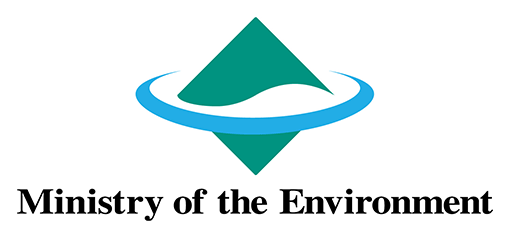With a collection comprising nearly one million specimens, Herbarium Bogoriense (BO) is the largest herbarium in Southeast Asia. To provide researchers around the world with greater access to this unique resource, the project team will begin digitizing information from at least 10,000 specimens.
The initial focus will prioritize digitization of the herbarium's general and type collections for laurels (Lauraceae), myrtles (Myrtaceae) and scaly tree ferns (Cyatheaceae). These specimens will be critically important for any efforts to revise the taxonomy for each of these three families, and most of their constituents species are economically valuable due their use as ornamentals, food, furniture and medicine. Records from the collection will be linked to duplicates at Naturalis Biodiversity Center to support and benefit botanists to study the complete set of collections from both institutions.
Project progress
At final reporting the project successfully achieved its target to mobilize at least 10,000 botanical collections at the Herbarium Bogoriense (BO) to GBIF.
The result was 10,017 records of type collections published in seven datasets; Ebenaceae, Fagaceae, Fabaceae, Nepenthaceae, Pteridophytes, Liliopsida, and Magnoliopsida. Most of these records with images and georeferences.
During implementation and its validation work, the project found unrecorded collections and worked to record these. As part of the imaging work, the project also recaptured the collections with low-resolution images to improve the quality of the collection images. Due to the number of original targeted families collections being lower than expected, the project changed its original plan to publish datasets on several big families of higher plants, to datasets covering many groups, either small or large families.
Throughout the project the team has disseminated information about the botanical collection digitization project through internal and external communication activities and meetings. This has included the project being presented at the Research Center for Biosystematics and Evolution’s training course on herbarium management in October 2022. Furthermore, at a training workshop on the data mobilization of the herbarium collections organized with Research Center for Biosystematics and Evolution, BRIN, held in December 2022. A report of both events can be found below.
Due to the COVID-19 pandemic project implementation was affected and delayed some planned activities. Despite this the project achieved most activities. Post project the team envisages continuing to update its data and furthermore to continue its data mobilization efforts.


